I've included some crazy size comparison photos for this post for those of you maybe thinking that this Fuji is too big or too small.
For many of us, Leica's newest release has been a real disappointment because with their marketing strategy of leaking only parts of their new product and naming it in a very delicate way made us expect something really special like an affordable M-Mount camera. It's pretty understandable that they won't destroy their number one product, now called M (240) and M-E with a cheaper entry-level fullframe camera, but another APS-C or even APS-H camera with EVF and M-Mount would have been a nice move, too.
I had the opportunity to test out the final product now called Leica X-Vario or I should better call it play around a few minutes, because my interest in image quality was not that big. I made a few observations as built quality and design are superb, the LCD Screen is very good and the zoom-range of the lens is very nice, too. But there are a few things I don't like. First of all, I want my zoom lens to be totally collapsed when storing it inside my bag. At 28mm and 70mm the lens is not collapsed, instead you have to set it to 50mm in the middle to get the shortest length of the lens and the lens-cap not being exposed for getting knocked down the front element, because it's slightly larger in diameter.
The second and most important thing for me is the feel and balance of the camera. On DSLR's we are quite used to having lenses that put a lot of weight to the front of the camera but with cameras at around 1KG most of the most commonly used lenses are lighter. For a camera with a fixed lens, which is pretty small with almost no available grip built in as part of its minimalistic design, the lens is too heavy for me. It feels like there are 70-80% of the weight at the front of the camera so it usually points down to the ground when carrying it one-hand. You can counter that the X-Vario has no motorized zoom so you always need your left hand to turn the zoom and the stabilize the camera, but this weight on the front remains and leaves the camera feeling like a rather cheap and light product with a very solid lens-construction.
I only want to mention its price-tag of about 2500€ and dealers are saying that they are selling them pretty good as there seems to be not a very big availability problem compared to the real Leica M. Focusing speed isn't bad either but I can't see the real benefit for such an amount of money with a not so nicely balanced construction and a rather slow lens. Again it's not that ugly like a Lunar-called camera by a swedish manufacturer that almost nobody understands.
So now do you ask: What is the real Mini M?
Well, there are two possibilities. If a real Mini M should come from a german company there are a whole bunch of Leica M8's out there searching for a new home with their ultra-sharp and infrared-sensitive APS-H type Sensor which is the sharpest I've seen so far. They are priced pretty nice at around 1300-1800€ or if you like saphire glass on your LCD and a new and much quieter shutter which only has a maximum speed of 1/4000s instead of the 1/8000s of the first M, you can get an M8.2 at around 2000€ with even better frameline accuracy. It remains the same sensor but for some of you the shutter noise of the M8 might be a little too much for a discrete camera. With this option you can get a real rangefinder camera and are able to use the very good Leica lenses and even very good glass from the Zeiss ZM range or Voigtlaender M-Mount lenses. At about 2000 to 3000€ you are ready to go!
The second option is Fujifilm. They have a couple of great cameras like the X20, the X-E1, the X-Pro 1 and the recently updated X100, now called X100S. While having already an M8 with some wonderful Zeiss glass, today I pulled the trigger and bought the new Fuji X100S. I always liked the X100 but I was always sceptical about its fixed focal lenght. I first had to learn to live with only one focal length, so the best way to do this I can really recommend to buy a cheap but fast 50mm lens for your DSLR. Some of them are available at around 100-300€ and you can have a lot of fun with it. They make almost every camera pretty light and a lot smaller than a heavy zoom lens. There are some fast 35mm lenses if you like too shoot a bit wider but with small depth of field. Fixed focal lengths are pretty good for getting new inspiration and a new challenge!
After almost two years of living with fixed focal lengths and zooms I have to say that some of my best photos were shot with fixed focal length lenses at 35mm or 50mm. Those two lenses are pretty versatile for landscape and portraits.
I visited my local dealer today to see what he had to offer and while there are no X100S's at the Amazon-Store available as it's the same with other stores, he had a new one and another one bought only one month ago and then sold again because of financial reasons. I pulled the trigger on the second one as I'm quite used to buy second-hand gear and I don't want to throw out money for paying the list price. As a student you need to take care having always some money for bad-times without the need to sell my beloved gear.
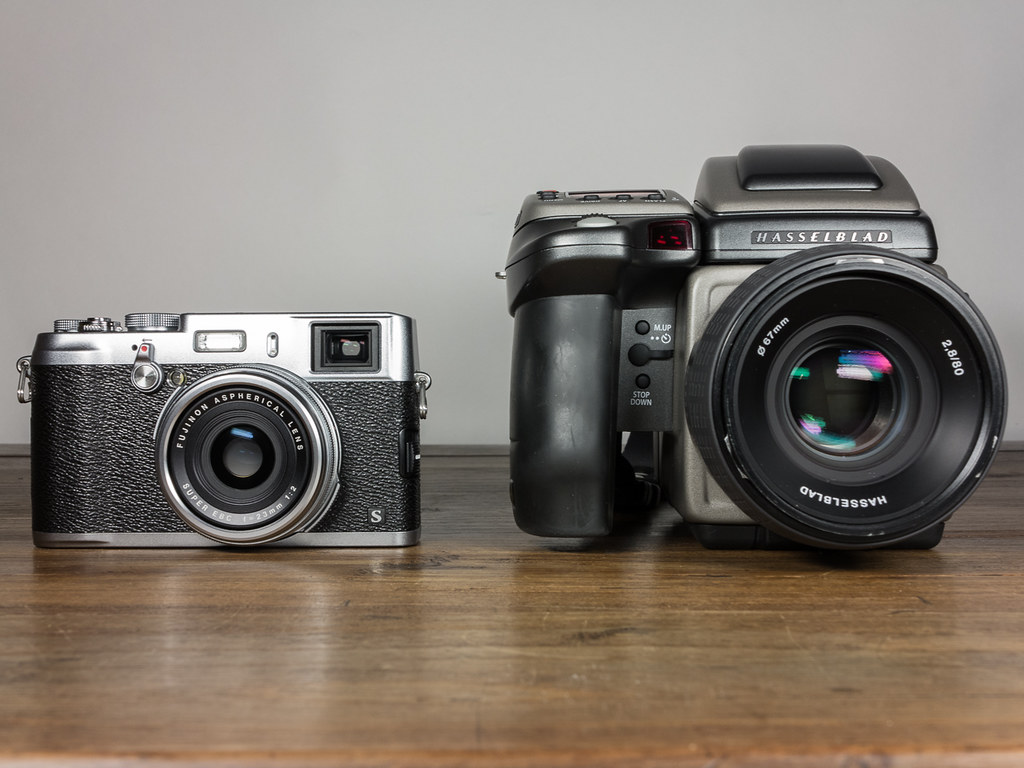 |
| Two Fuji's ;-) |
My first thoughts on it: I love this little camera and I absolutely like the hybrid-viewfinder. What a gorgeous concept and a nice move from Fujifilm to listen to their customers and improving the important elements of the X100. More images and thoughts to come...

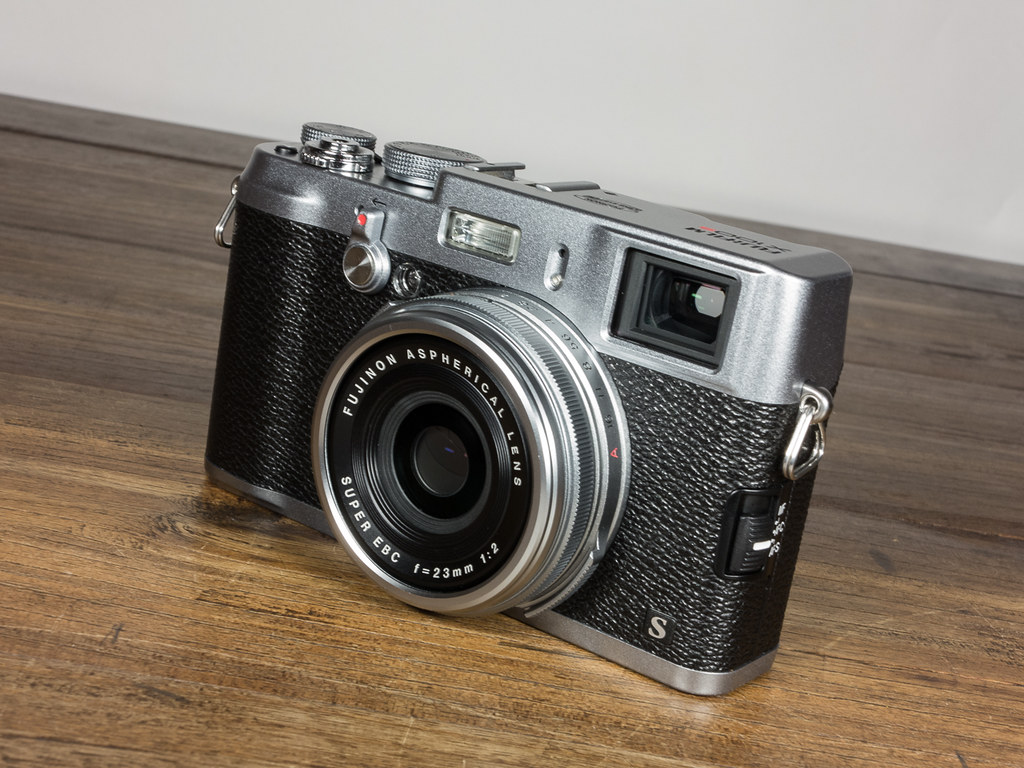
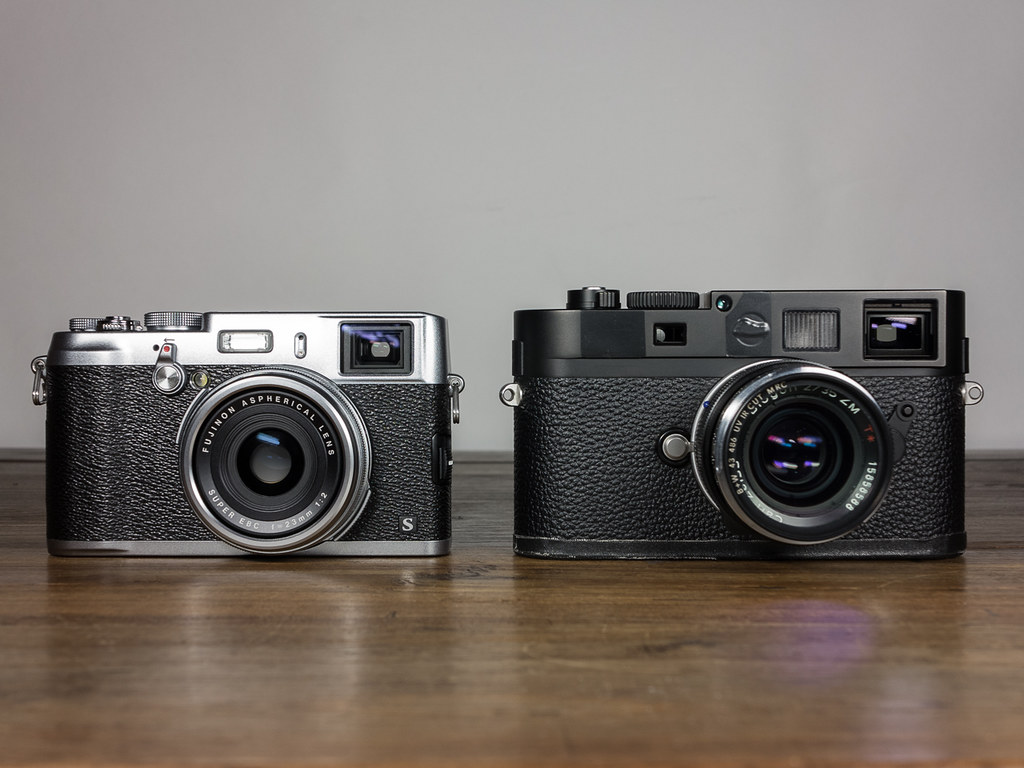
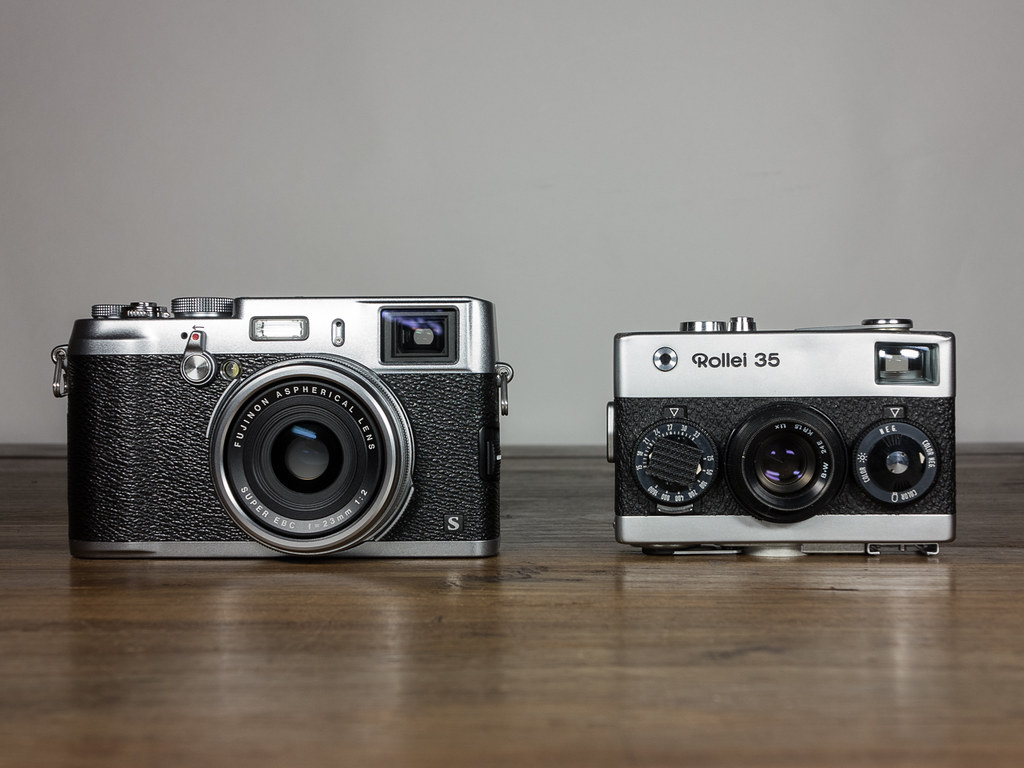
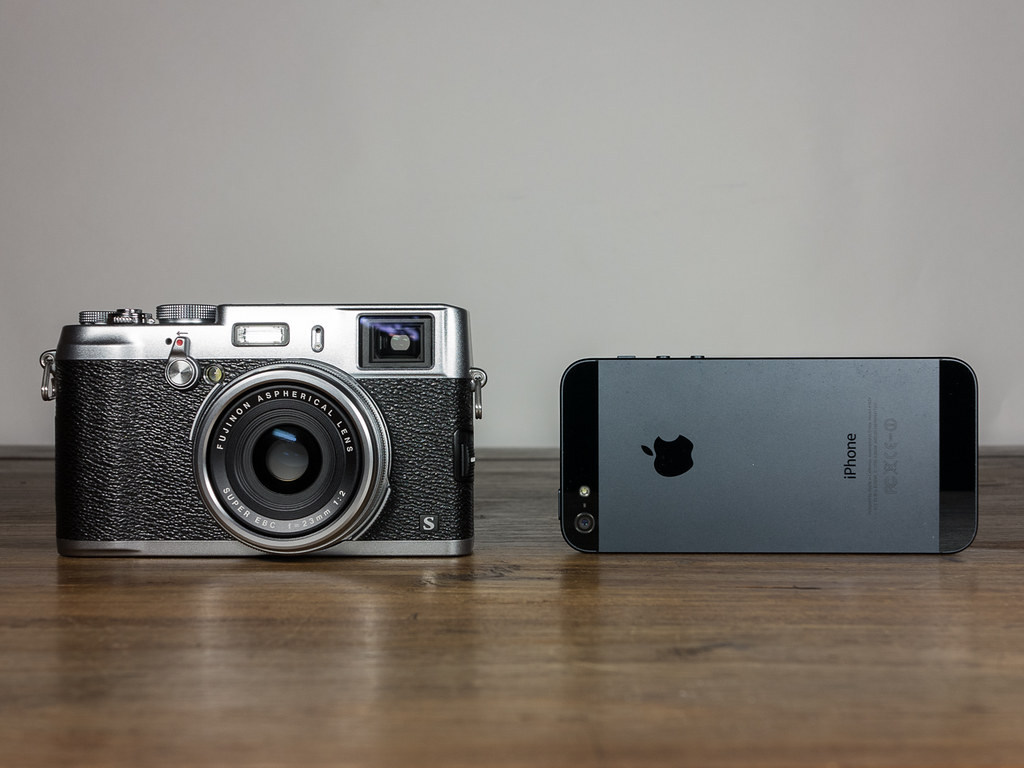
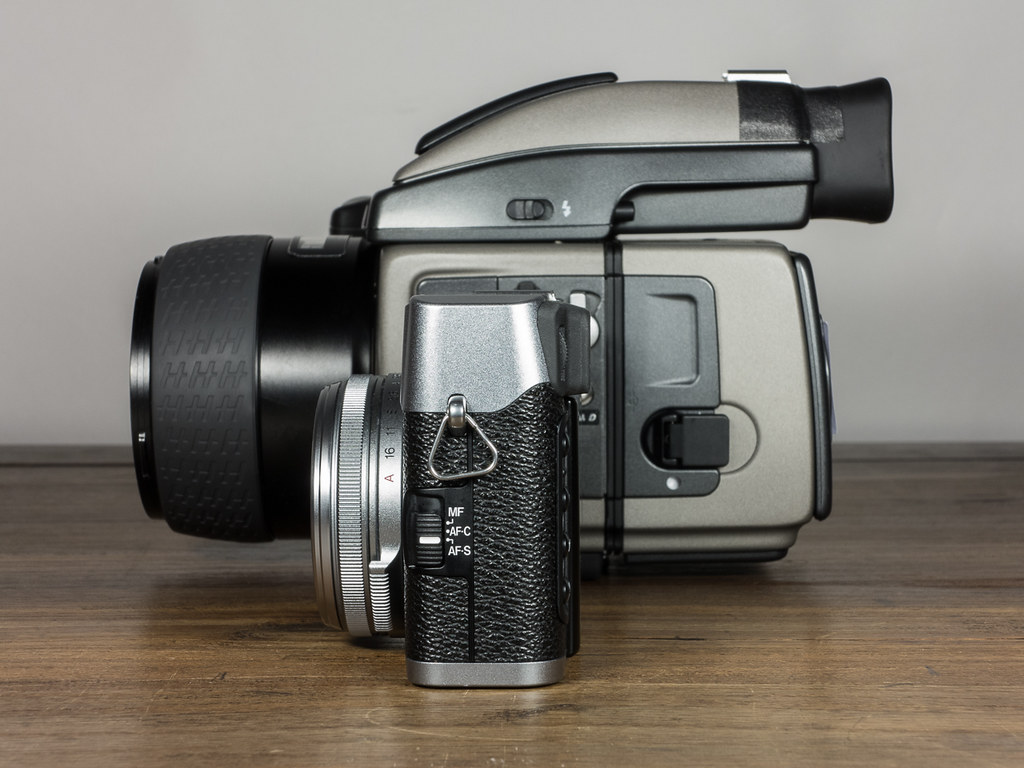
No comments:
Post a Comment